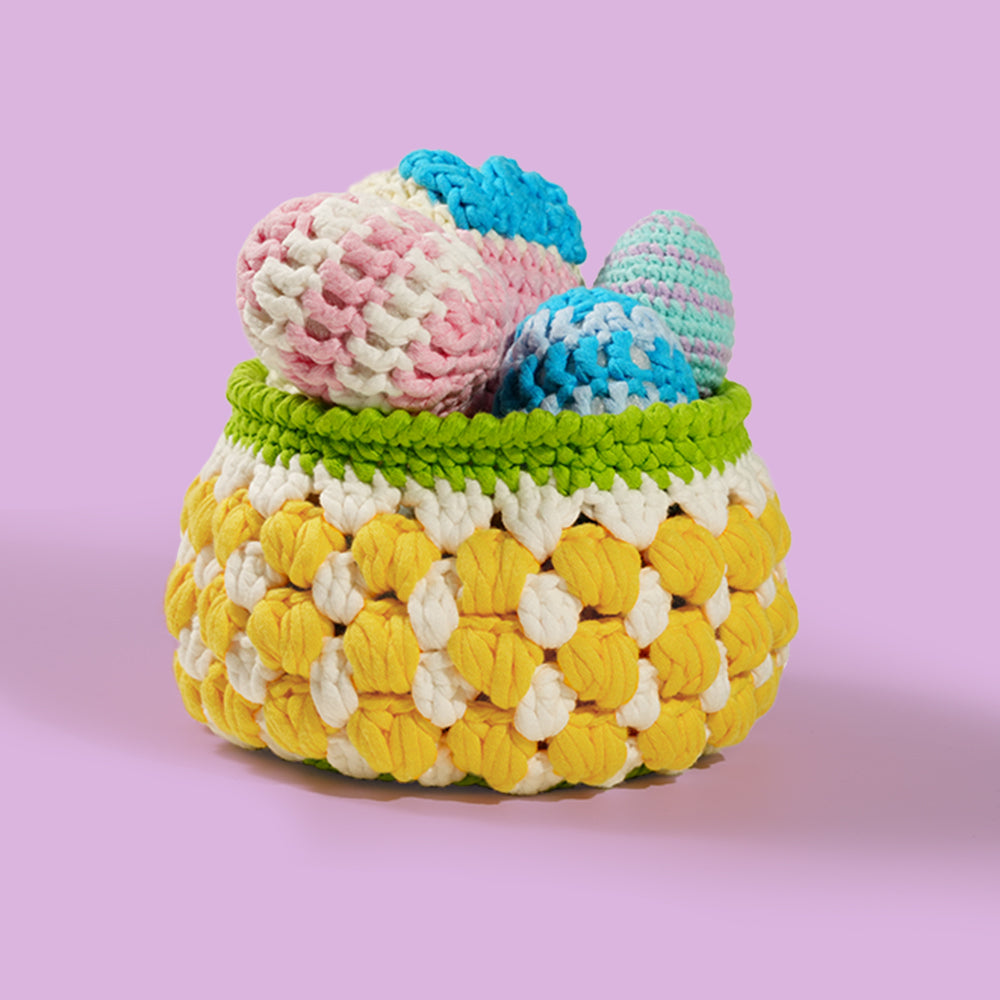How to Join Yarn in Crochet – Real-World Examples and Method Comparisons
Hey everyone! Ever been in the middle of a crochet project when you suddenly run out of your favorite crochet yarn or need to switch colors? Trust me, I’ve been there. Today, I’m breaking down some real-world scenarios and sharing practical methods for joining yarn in crochet. Whether you’re finishing a delicate shawl or adding a new color to your granny square, these techniques can save your project from unraveling—and keep your work looking professional.
Common Crochet Situations & Joining Challenges
When working on a project, you might encounter different joining challenges such as:
-
Color Changes: Imagine working on a striped scarf and needing a smooth transition between colors.
-
Replacing Exhausted Yarn: Midway through a granny square, your yarn runs out, and you have to join a new skein.
-
Repairing Mistakes: You notice a loose join on a baby blanket that might unravel later.
These situations call for a reliable join that not only looks neat but also holds up to everyday wear.
Methods to Join Yarn in Crochet
Below, I’ve compiled a comparison table of common yarn joining techniques along with their pros, cons, and ideal use cases.
| Method | How It’s Done | Pros | Cons | Best For |
|---|---|---|---|---|
| Slip Stitch Join | Lay new yarn alongside the old and work several slip stitches over both layers. | Nearly invisible join; fast and easy. | Can be tricky with very thin yarn. | Color transitions in delicate projects, like shawls. |
| Sewing Join | Thread a yarn needle with new yarn and sew into the edge of the old yarn using a whip or mattress stitch. | Very secure; ideal for larger projects. | More time-consuming; visible if not done carefully. | Joining yarn in blankets or heavy afghans. |
| Join-As-You-Go | Change yarn directly in your work by crocheting with the new yarn during a pattern change. | Seamless transition; no extra join needed. | Requires planning and careful execution. | Striped projects or gradual color shifts. |
| Invisible Join | Use a specialized technique (often a variation of slip stitch) to hide the join in the fabric’s edge. | Completely hidden join; professional finish. | Can be challenging for beginners. | Projects where appearance is critical, like baby items. |
Real-World Examples
-
Striped Scarf: When I worked on a striped scarf, I used the join-as-you-go method for color changes. This ensured that the transition was smooth and the join wasn’t visible in the final product.
-
Granny Square Blanket: Midway through a granny square blanket, I had to join a new skein because I ran out of yarn. I opted for the sewing join method because it provided extra durability, essential for a project that would see a lot of use.
-
Baby Blanket Repair: I once noticed a loose join on a baby blanket. To fix it, I used the invisible join technique, carefully hiding the connection to keep the delicate look of the blanket intact.
Tips for a Perfect Yarn Join
-
Leave a Long Tail: Always leave extra yarn at the end of your skein to work in later.
-
Practice on a Swatch: Test different methods on a small sample before applying them to your project.
-
Maintain Even Tension: Consistent tension across stitches makes a huge difference in the final appearance.
-
Watch Tutorials: There are tons of great videos online that visually break down these techniques.
By mastering these methods, you can tackle any crochet project confidently, ensuring your work stays neat and durable. With these tips, your next project will be seamless, from start to finish.
Happy crocheting, and may your joins always be smooth!
